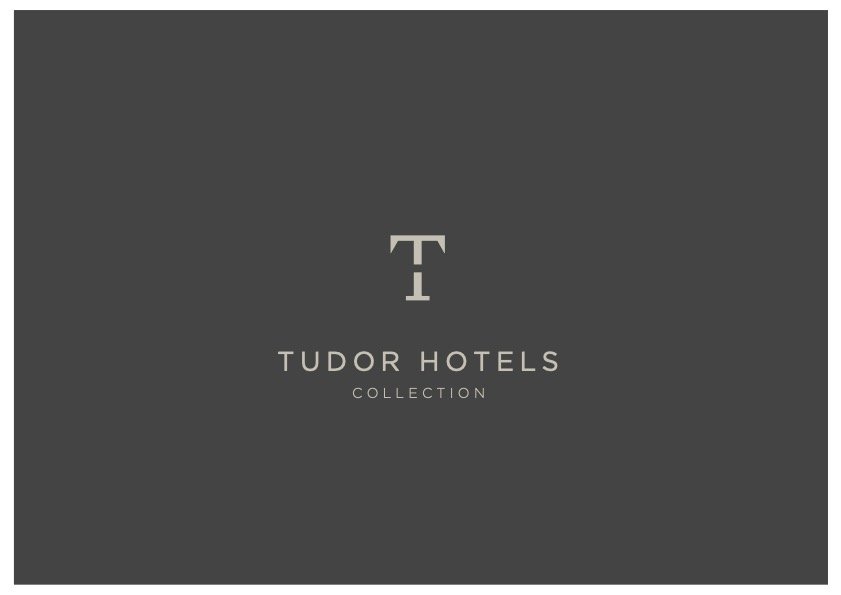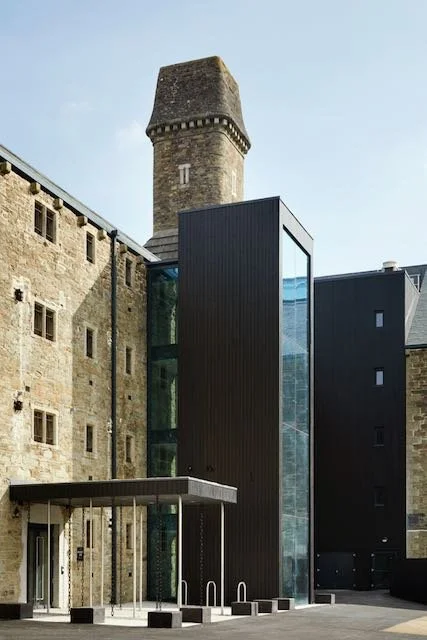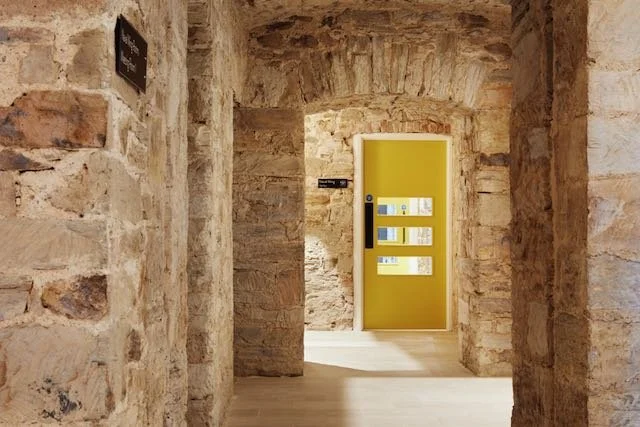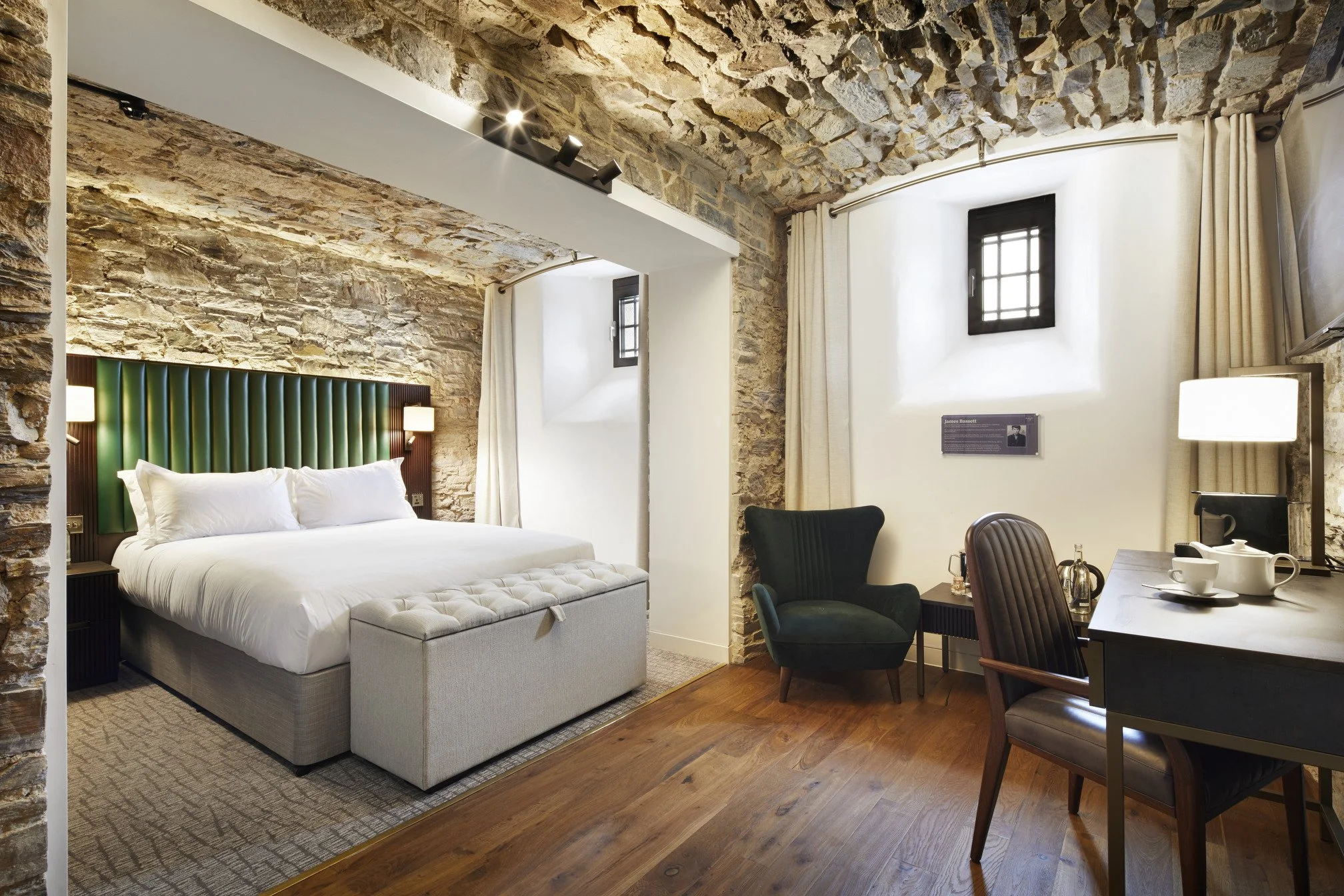
Creating sustainable luxury travel and experiences.
We believe that Luxury travel can be sustainable. Adopting the Reduce Reuse Recycle theory, we approach every development with lifecycle sustainability in mind and luxury hospitality in our hearts.
“The luxury industry is often tied in with terms like excessive consumerism, disposable income, and guilty pleasures. Yet, as Millennials and Generation Z consumers are driving 85 percent of global luxury sales growth, their expectation for luxury brands to be aligned with their values becomes increasingly important. The younger affluent generations are indeed more conscious of the environmental and social impact of their purchase decisions and are more likely to buy from a brand that resonates with their own personal values. High-end brands that want to retain their status in the luxury market need to evolve to keep up with this growing trend towards ethical and sustainable luxury.”
Luxe digital - 7th Jan 22
History and Luxury are the pillars of our brand we create unique places to stay and visit, where memories are created and knowledge is shared.
There is a common misconception that Luxury cannot be sustainable and that History has to be a replica of the past. We disagree… We know that Historic assets can be repurposed in an incredibly sustainable way and that the appreciation of luxury does not have to create a drain on the environment.
Bodmin Jail - Case Study
An award winning Luxury Boutique Hotel with a difference.
The main overriding sustainable factor in the design and construction of this project is the re-use of and refurbishment of the existing building and structure. Most of the building was derelict and left to decay. A key Grade II listed building in Cornwall, UK it was noted at risk by the local conservation officer and Heritage England.
Our design philosophy was to retain the beauty we saw in the ruins rather than restore the building to its original appearance. The design retains around 85% of the original fabric.
The design incorporates passive cooling, use of natural ventilation and the thermal mass of the 1m thick historic walls to drive down the energy use and reduce thermal swings of temperature. There are local room heating units which are individually controlled so rooms can be set back when unoccupied. Hybrid Air source heat pumps are used meaning heat recovery can be used to heat the domestic hot water.
The existing building has been improved using a new roof and glazing; adding insulated breathable lime render to external walls. As such Health and wellbeing targets have been achieved with no VOCs used.
The existing part of the attraction has been kept with as minimal an energy footprint as possible, with openable windows to assist ventilation at busy times and heating kept to a minimum for cooler periods of the year.
The completed project has saved the semi ruinous and undervalued national heritage asset reimagining it with a new life, with a leading visitor attraction, venue, and unique hotel thus giving it a sustainable future.



